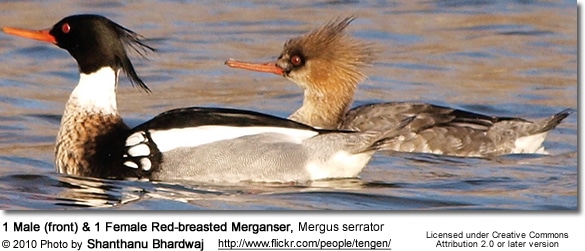Zino’s Petrels or Freiras
Petrels
Zino’s Petrels (Pterodroma madeira), or Freira, is a small seabird in the gadfly petrel genus. It has also been called the “Madeira Petrel”, but this name invites confusion with the Madeira Storm Petrel and is best avoided. Zino’s Petrels was previously considered to be a subspecies of Soft-plumaged Petrel P. mollis, but they are not closely related. However, P. madeira is very closely related to Fea’s Petrel, another species recently split from P. mollis.
Phylogeny
They are estimated to have diverged at the end of the Early Pleistocene, 850,000 years ago.(Sangster et al., 2002) Given the uncertainties of molecular dating in Procellariiformes (Rheindt and Austin, 2005), this must be considered very tentative however.
Etymology
It is named after the Paul Alexander Zino, who was instrumental in its conservation during the latter half of the twentieth century.
Reproduction
It breeds in the north Atlantic in the mountains of the main island of Madeira. This endangered species nests in colonies in burrows. Fewer than 80 breeding pairs (2005 census) are left, estimate total of 400 birds.
This seabird is strictly nocturnal at the breeding sites to avoid predation by gulls. Like most petrels, its walking ability is limited to a short shuffle to the burrow.
Description
This long-winged petrel has a grey back and wings, with a dark “W” marking across the wings. The undersides of the wings are dark and the belly is white. It has a fast impetuous flight. It picks planktonic food items from the ocean surface.
This species is 32–34 cm in length with an 80–86 cm wingspan and weighs 200-230 grams. It is very similar to the Fea’s Petrel, but is smaller and has a thinner black bill.
Identification and Morphological Differentiation
As all three of species in the Pterodroma feae/madeira/desertae complex were once believed to be subspecies of a single species Pterodroma mollis, well-understood is the extreme difficulty in telling them apart. A summary of data from a morphological study sheds light on the issue:
- In overall size feae is closer to deserta and both are bigger than madeira (wing length – f:262, d: 264, m: 248; tarsus – f:34.7, d: 35.2, m: 32.7).Bill length once again similar in feae and deserta and both larger than madeira (f:29.0, d: 28.6, m: 26.3).Bill depth by far biggest in deserta, lowest in madeira, and intermediate in feae (f:11.9, d: 12.9, m: 10.5).
In terms of ratios:
- (Bill length/wing length) (f:11.1%, d: 10.8%, m: 10.6%) is rather similar in the three taxa.(Bill length/bill depth) (f: 2.44, d: 2.22, m: 2.53) is lowest in deserta, and highest in madeira. In feae it is intermediate, but more than twice closer to madeira than to deserta.
Pterodroma feae/madeira records in the US
It is a rare visitor to waters off the eastern USA, though known only from sight records and photographs. The American Ornithologists’ Union has not accepted these records, and the American Birding Association has accepted them only as “Fea’s/Zino’s Petrel”, to the annoyance of birders who are confident that they identified this species correctly.
Pterodroma feae/madeira records in Europe
It is also an extremely rare vagrant to western Europe, principally Great Britain and Ireland, though most records there are also acceptable only as “Fea’s/ Zino’s”, with the exception of three at-sea records in British waters.
More recently Hadoram Shirihai and Madeira Wind Birds did several sea expeditions towards the field separation of Zino’s Petrel and Fea’s Petrel that occur in Madeira Islands. resulting in several publications.
Copyright: Wikipedia. This article is licensed under the GNU Free Documentation License. It uses material from Wikipedia.org … Additional information and photos added by Avianweb.
Please Note: The articles or images on this page are the sole property of the authors or photographers. Please contact them directly with respect to any copyright or licensing questions. Thank you.




